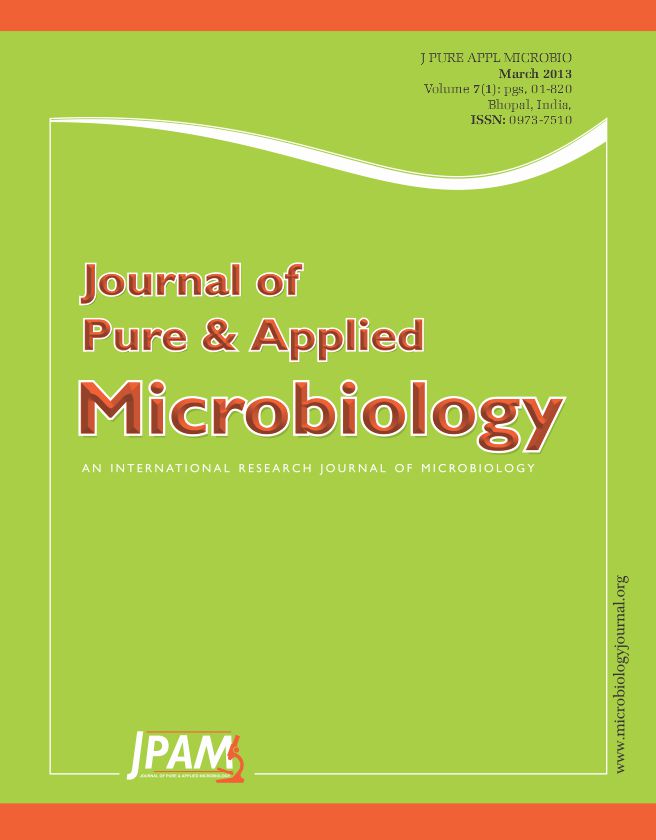Only 100mg/ml of ethanol and water extract of fruit of Luffa cylindrica(L.)Reom., was invariably found to be potential enough in inhibiting skin infecting bacterial strains Staphylococcus aureus, Staphylococcus epidrmidis, Micrococcus leutius, Pseudomonas aeruginosa and Eshcherichia coli and fungal strains Candida albicans mtcc-183, Candida tropicalis mtcc-184, Aspergillus niger mtcc-281, Trichophyton rubrum mtcc-294, Epidermophyton flocossum mtcc-613 and Microsporum canis mtcc-327. However, these extracts were bactericidal as exhibited no growth even after incubation for more than 48 hours which adds value to its phytomedicinal property of these extracts. 250-500 µl/ml of seed oil could prevent the growth of all the microbial strains used for testing. The aqueous (250, 500 mg/kg) extract of fruit of Luffa cylindrica(L.)Reom., was evaluated for its hypoglycemic potential in normoglycemic rats followed by alloxan and glucose loaded hyperglycemic rats by single oral administration. The study report showed that the plant extract significantly (p<0.05) reduced blood glucose level both in normoglycemic rats induced by alloxan and oral glucose loaded methods till the end of 10h and 2h respectively during the course of experiment. The maximum fall of blood sugar level among the test drug, was observed in aqueous extract treated group (48.9%), and followed by ethanolic extract (37%) and seed oil (10.25%) at the end of 10h. The oral glucose tolerance test of the test substances revealed significant fall of blood sugar level and maximum fall was observed in seed oil treated group (50%), followed by aqueous extract (40.7%) and ethanolic extract (22%) at the end of 2h of the study
Luffa cylindrica(L.)Reom, Antidermatophytic, Hypoglycemic, Plant extract, Glibenclamide, Insulin
© The Author(s) 2014. Open Access. This article is distributed under the terms of the Creative Commons Attribution 4.0 International License which permits unrestricted use, sharing, distribution, and reproduction in any medium, provided you give appropriate credit to the original author(s) and the source, provide a link to the Creative Commons license, and indicate if changes were made.


